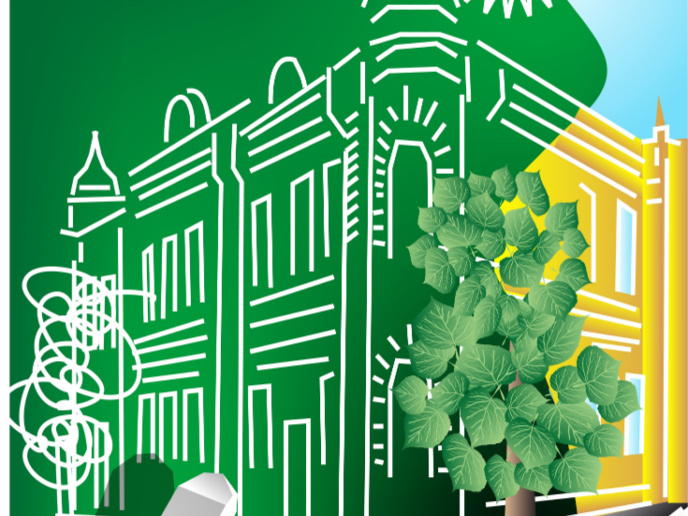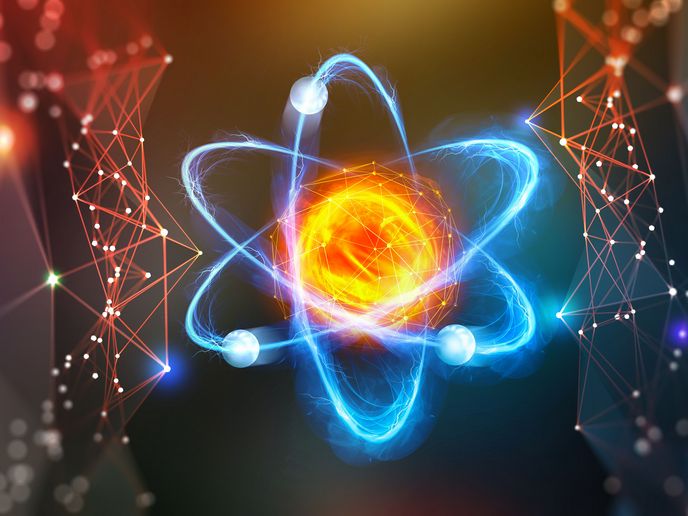Collaborative framework towards nearly zero-energy building renovation
Buildings are the single largest energy consumer in Europe, accounting for 40 % of energy consumption and 36 % of greenhouse gas emissions. About 35 % of EU’s buildings are over 50 years old and represent the biggest sustainability challenge that cities face in their transition to a clean energy future. Higher renovation rates of old buildings have the potential to lead to significant energy savings. “Innovative approaches to nearly zero-energy building renovation are key enablers to promote business research and innovation. This challenge has been addressed by the EU-funded REZBUILD project,” notes project coordinator Giampaolo Stasi. This initiative took action to open the construction sector with the integration of innovation technologies to pave the way towards an annual renovation rate of 2.5 % instead of current rates lower than 1 %. “Our main goal has been the development of a platform that integrates cost-effective advanced refurbishment technologies, business models and life cycle interaction to diverse residential renovation typologies and interconnecting building renovation stages and stakeholders,” adds Stasi. The participative processes carried out in the project were implemented using a methodology for decision-making. This all-in-one decision-making platform will communicate all stakeholders involved in the housing renovation process from designers, renovation to private consumer and public and private owners.
Advanced refurbishment technologies
REZBUILD consortium brought together 15 partners from five different countries with the mission to drive change in Europe. Each partner developed a set of advanced refurbishment technologies. These technologies were tested and optimised in three demonstration sites located in the most prevalent European climates. A workshop was also organised in Oslo, informing house owners about the benefits of the framework. Additive manufacturing technologies can decrease labour costs, reduce material waste and create customised, complex shapes difficult to achieve using conventional construction techniques. “3D-printed systems for prefabricated components are gradually entering the market. However, we were the first to produce a system that can print prefabricated elements on vertical surfaces,” notes Stasi. Project partners also addressed the need for developing composite solar modules for integrated photovoltaics that are lighter than their glass counterparts. “Our new-generation lightweight and flexible building-integrated photovoltaics made from composite materials improve aesthetics and enable engineers to easily mount passive and active materials that help generate clean and free electricity,” adds Stasi. Furthermore, these lightweight building-integrated photovoltaics prototypes are compatible with plug-and-play mounting systems. This means that they only need to be fixed to the prefabricated modules and plugged in. “Insulation and envelope airtightness are two passive measures with probably the greater impact on nearly zero-energy building renovation,” underlines Stasi. To improve airtightness, project partners developed a gypsum-based plaster that, despite being thinner than traditional plasters 2 cm thick, does not present cracks and has better performance. Furthermore, to improve insulation, they used additivated gypsum with lightweight insulating aggregates to create a plaster with much lower thermal conductivity. The list of advanced refurbishment technologies developed is large, including solar-assisted heat pumps and building energy management systems.
Faster and more sustainable building retrofitting
“REZBUILD could help increase the rate, quality and effectiveness of building renovation and reduce energy use. It could also strengthen stakeholder awareness and encourage a positive attitude towards energy-efficient renovation,” remarks Stasi. “The innovative collaborative framework and advanced refurbishment technologies can help increase the renovation rate of old buildings and reduce installation time by 30 %. The payback period of our advanced technologies will be maximum 12 years,” Stasi concludes.
Keywords
REZBUILD, renovation, nearly zero-energy building, collaborative framework, old buildings, building-integrated photovoltaics, insulation, airtightness, additive manufacturing







